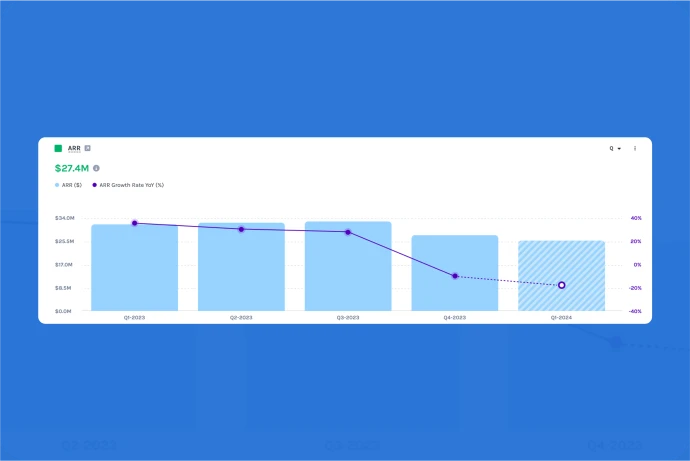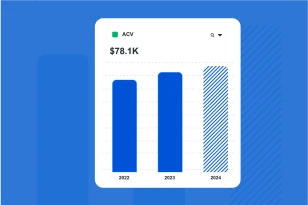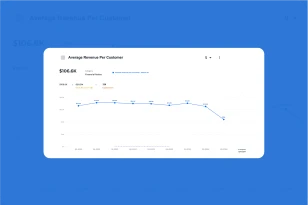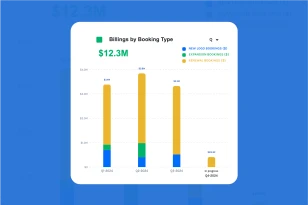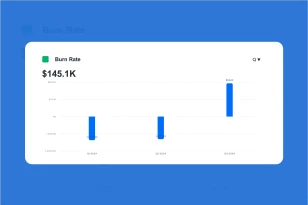What is Annual Recurring Revenue (ARR)?
Annual Recurring Revenue (ARR) is a key metric used in subscription-based business models, particularly in Software as a Service (SaaS) companies. ARR represents the anticipated annual revenue generated from subscription-based services or products. It is a forward-looking metric that provides a more stable and predictable measure of a company’s revenue compared to one-time sales.
Why is it Important to Measure ARR?
Measuring ARR is important for several reasons:
- Predictability: ARR offers a more predictable and stable view of a company’s revenue, especially in subscription-based models where customers commit to recurring payments over a set period.
- Financial Planning: It provides a foundation for financial planning and forecasting. Understanding the expected annual revenue allows businesses to plan resources, investments, and growth strategies more effectively.
- Business Valuation: ARR is a critical metric used in the valuation of SaaS companies. Investors and stakeholders often look at ARR to assess the financial health and growth potential of a subscription-based business.
- Performance Tracking: It helps track the performance of a company over time. By comparing ARR across different periods, businesses can gauge the effectiveness of their sales and marketing efforts in acquiring and retaining customers.
How Do you Calculate ARR?
The calculation of ARR depends on the pricing structure of the subscription offering. Click to read our blog on calculating ARR and common challenges.
How To Improve ARR?
Improving ARR involves strategies to increase customer acquisition, retention, and expansion. Here are key approaches:
- Customer Acquisition: Implement effective marketing strategies to attract new customers. This may involve targeted advertising, content marketing, and other lead generation tactics.
- Pricing Optimization: Regularly review and optimize pricing strategies. Consider introducing different pricing tiers, upsell opportunities, or bundling features to maximize the average revenue per user (ARPU).
- Customer Retention: Focus on customer satisfaction and implement strategies to reduce churn. A satisfied customer is more likely to renew their subscription, contributing to higher ARR.
- Cross-Selling and Upselling: Identify opportunities to cross-sell or upsell additional products or features to existing customers. This can increase the overall value of customer subscriptions.
- Contract Length Optimization: Encourage longer contract commitments from customers. Offering discounts or additional benefits for annual subscriptions can boost ARR.
- Customer Success Programs: Implement customer success programs to ensure that customers are effectively using and deriving value from the product. Satisfied customers are more likely to renew subscriptions.
By focusing on these strategies, businesses can work towards improving their ARR, leading to sustained revenue growth and the overall success of a subscription-based business model. Regular monitoring, analysis, and adaptation based on performance data contribute to continued improvement over time.
